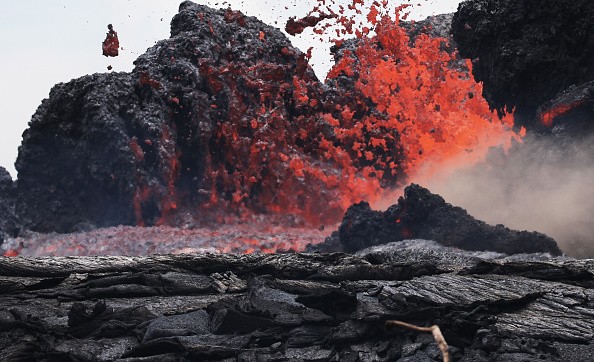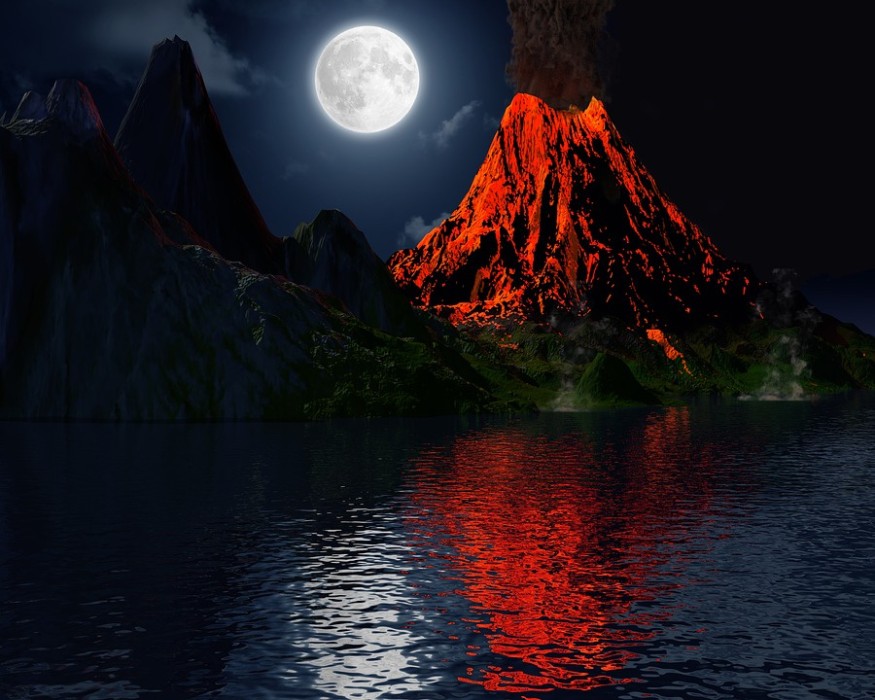According to a new research, tiny bacteria emitting harmful gas played a role in causing - and prolonging - the largest mass extinction in Earth's history.

In general, scientists assume that Siberian volcanoes spewing greenhouse gases were the primary cause of the great extinction catastrophe that occurred at the end of the Permian epoch around 250 million years ago. The gases triggered catastrophic warming, which resulted in the extinction of 80 percent of all marine species and many terrestrial species.
Uncertain

Scientists haven't pinpointed exactly how the heat killed those people until today. According to a recent study headed by UC Riverside and published in Nature Geoscience, the heat increased microbial metabolisms, generating lethal circumstances.
"After the oxygen in the water was depleted by decomposition of organic material, microorganisms began to 'breathe' sulfate and generate hydrogen sulfide, a gas that smells like rotten eggs and is harmful to mammals," explained Dominik Hülse of UC Riverside.
Related Article : One of the World Largest Mass Extinctions May Have Been Triggered by Volcanic Winter
Photosynthesizesrs
As photosynthesizers - the microorganisms and plants at the bottom of the food chain - decayed, other microbes ate up the oxygen, leaving little for bigger creatures. Microbes absorbed sulfate without oxygen and then emitted poisonous, reeking hydrogen sulfide, or H2S, resulting in euxinia and an even more acute state. The release of nutrients during decomposition helped maintain these circumstances by encouraging the synthesis of additional organic material, which kept the stinking, poisonous cycle going.
"According to our findings, the entire ocean was not euxinic." "These circumstances started deep in the water column," Hülse explained. "As the temperature rose, the euxinic zones grew wider and more poisonous, moving up the water column into the shelf ecosystem, destroying most marine organisms."
Related Article : What Happened During the Earth's Very First Mass Extinction?
Chemical Prints
Chemical imprints in sediment samples can detect the growing euxinic zones.
Oxygen depletion is still a concern now, and it's only going to grow worse as a result of future climate change. Euxinic waters can be found in areas like the 16-mile-long Dominguez Channel in Los Angeles County, where ethanol was spilled during a warehouse fire in September 2021. The ethanol destroyed the vegetation in the channel, causing it to degrade and be eaten by bacteria. They then created hazardous quantities of hydrogen sulfide. Vomiting, diarrhea, dizziness, sleeplessness, headaches, sneezing, and thousands of people reported other symptoms within breathing distance of the stinking river.
Understanding the Past

Prehistoric lessons might help us understand the mechanisms threatening our present seas and streams.
"Superimposing the previous mass extinction catastrophe on today's world would be speculative," Hülse remarked. "However, the research suggests that the ocean's response to increased carbon dioxide levels in the atmosphere may be overestimated."
For more prehistoric news, don't forget to follow Nature World News!
© 2026 NatureWorldNews.com All rights reserved. Do not reproduce without permission.





